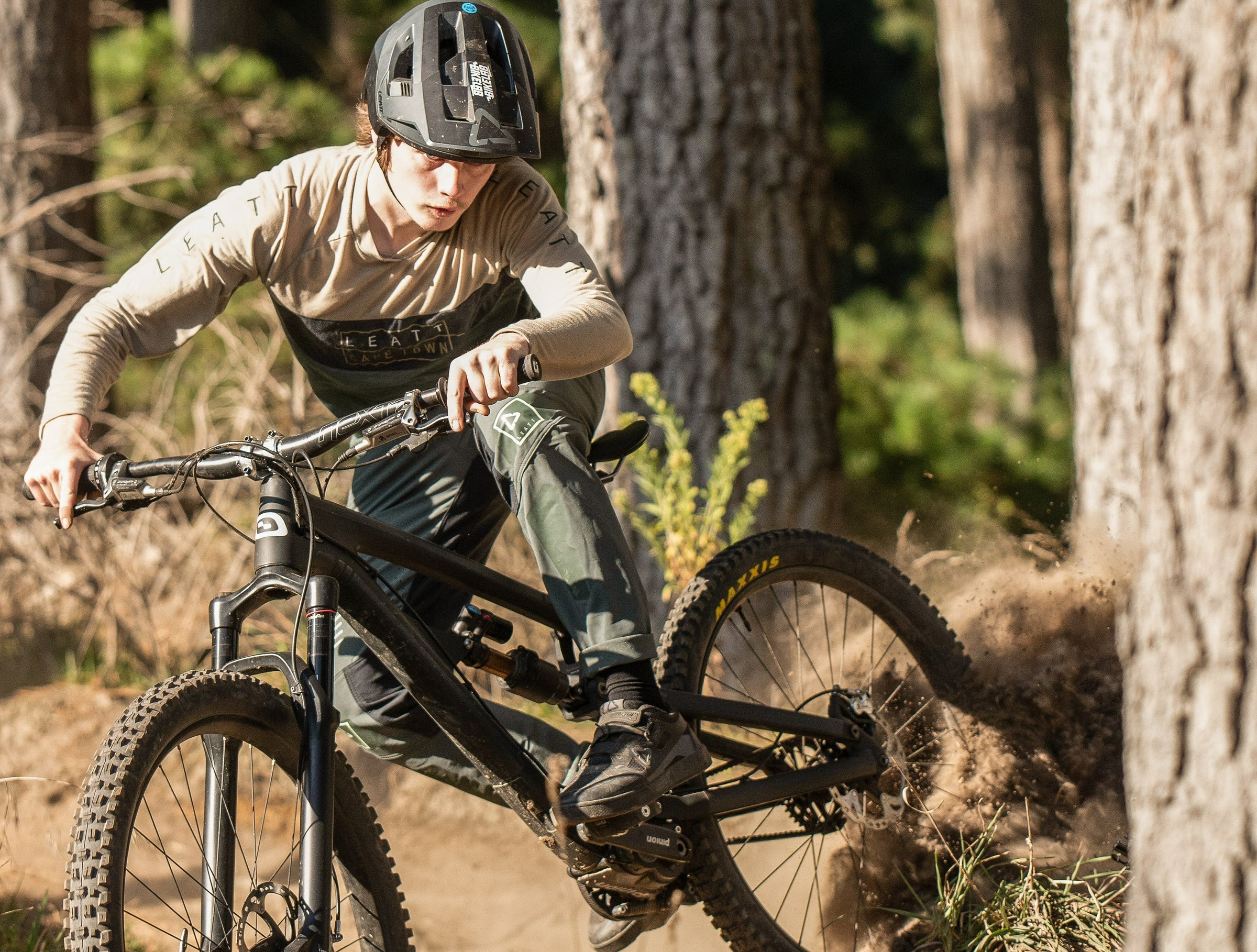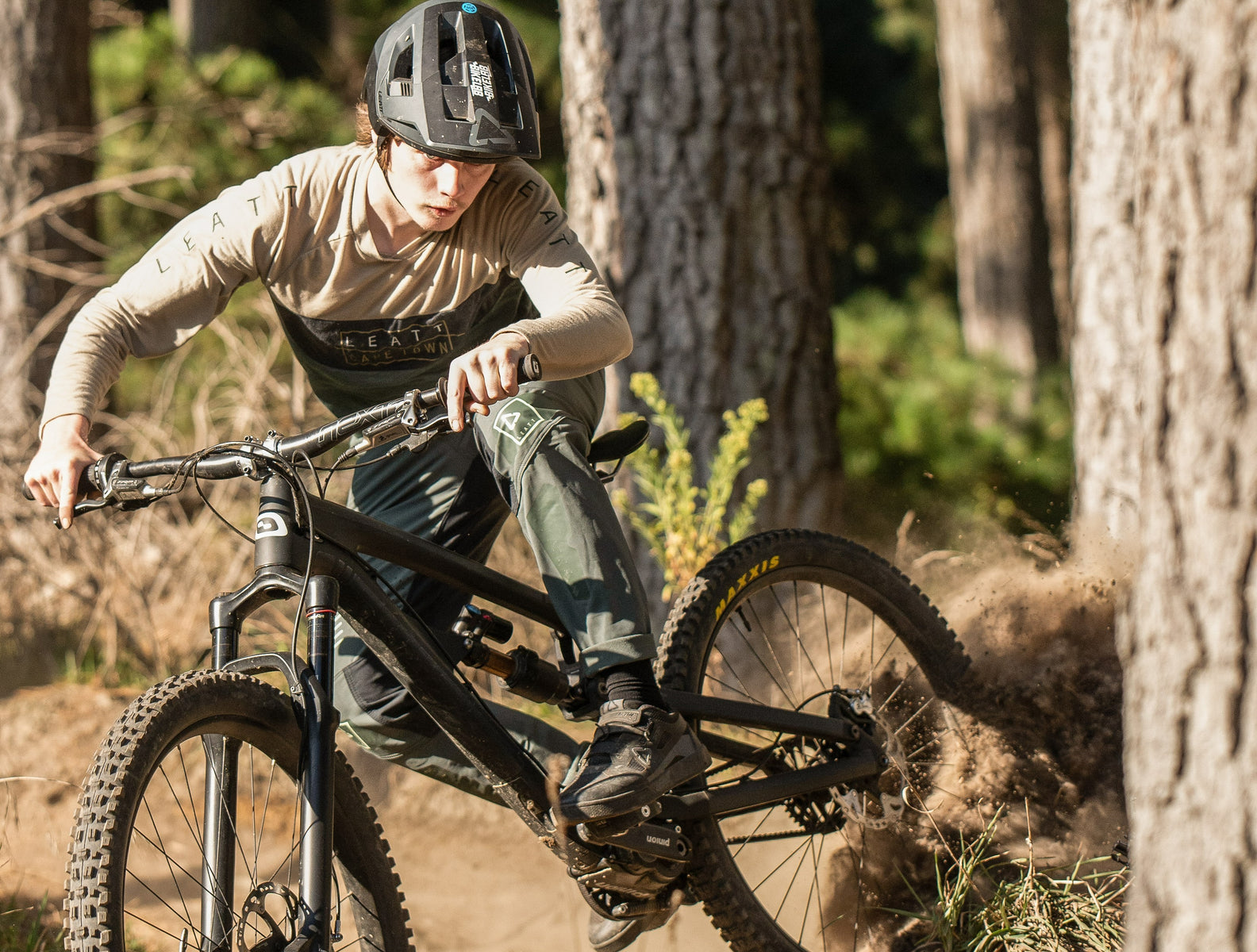At the heart of all our bikes is the concept of Low Unsprung Mass. One of the key reasons we first used a gearbox was to remove weight from the rear wheel , reduce unsprung mass and achieve superior suspension performance.
Unsprung Mass is the mass of every component unsupported by the bike's suspension that needs to move/rotate when the wheel hits a bump; wheel, tyre, some of the rear stays, brakes, and of course cluster and derailleurs.
When the rear wheel hits an obstacle we want it to react in a way that minimises the disturbance to the chassis and rider. Thus maximising grip, minimising rider fatigue and reducing resistance to motion.
The lower the unsprung mass the less disturbance is transferred to the chassis and rider.
This results in more grip, the ability to hold higher speeds through rough sections, less fatigue and a more stable ride.
Removing the weight of the cluster and derailleur and moving this to a low centralised position in the gearbox has a significant impact on unsprung weight and suspension performance.
Some may argue the weight of a modern cluster and derailleur is relatively low, but as a ratio to the other unsprung components, a cluster and derailleur can easily make up 15% of the overall unsprung mass of a traditional bike.

In a world of incremental gains, a 15% improvement in unsprung mass and suspension performance is huge.



